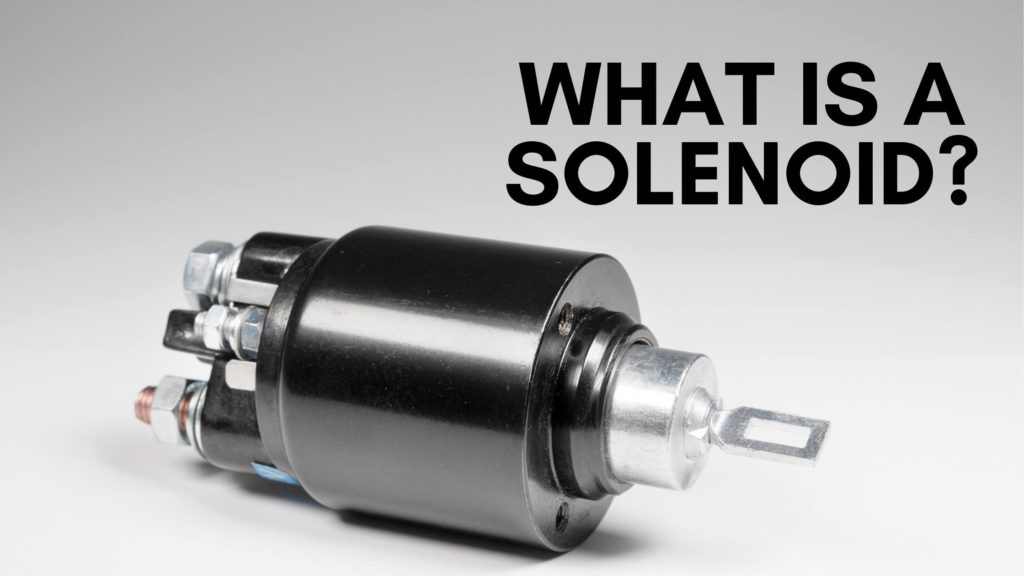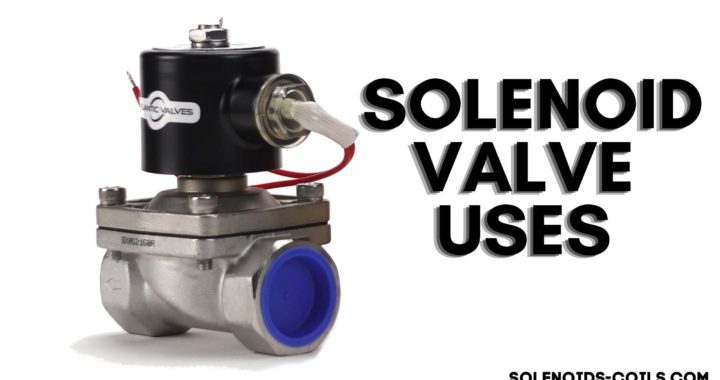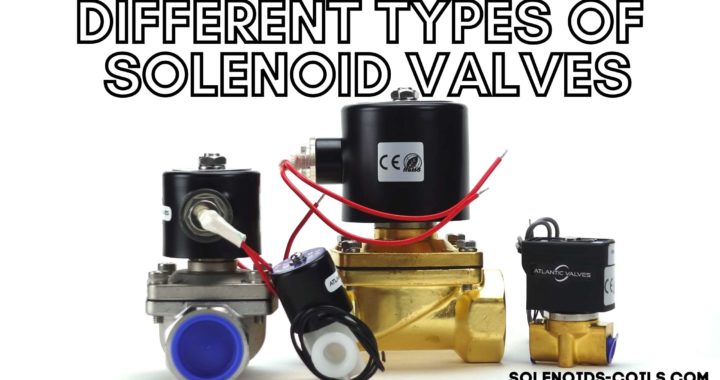
What exactly is a solenoid and how do they work? That’s a really good question to ask yourself while learning more about a seemingly simple device that we use every day without realizing it.
A solenoid is a common term for a coil of wire that is used as an electromagnet. The term can also encompass not just the wire but also the housing and a moveable plunger. But, the coil of wire is that of a corkscrew shape which is then wrapped around a piston.
When you introduce electricity, you will have a magnetic field that forms around the coil which will allow the plunger to be drawn in. The plunger, or armature, is moveable and as voltage is passing through the coils, the armature moves to increase the total flux linkage by closing the air gap between the two cores. The armature, which is spring-loaded, is able to retract back to its original position once any electrical current has been removed. Essentially, a solenoid takes the electrical energy and transforms it into a mechanical function.
The housing that covers the coil allows for a concentration of the magnetic field that is generated by the coil. As with all magnets, the magnetic field of a solenoid that has been activated does have positive and negative poles. Those poles will allow for material to be attracted to or repelled from the magnetic field. In the case of a solenoid, this magnetic field will allow for the piston to move either backwards or forwards, often in under a second.
The quick response of a solenoid allows them to be used across a wide variety of industries from motor vehicles, door bells, ventilators, pinball machines, and so much more. For example if you are using solenoids in a motor vehicle, besides using them for fuel you can also find them in the ignition system. The electrical current when a car’s ignition system has been powered on will pull contacts and allow the circuit to close between the vehicle’s battery and the starter motor.
You can also find solenoids attached to valves that are installed and wired into alarm systems allowing people to power their alarm and shut the water off to vacation homes preventing water damage. Their uses are quite frankly, endless. Besides being found in vehicles and homes, you can find them in door bells, paintball guns, large machinery, pressure washers, and more.


Pingback: What Is A Solenoid Valve? • Solenoids Coils